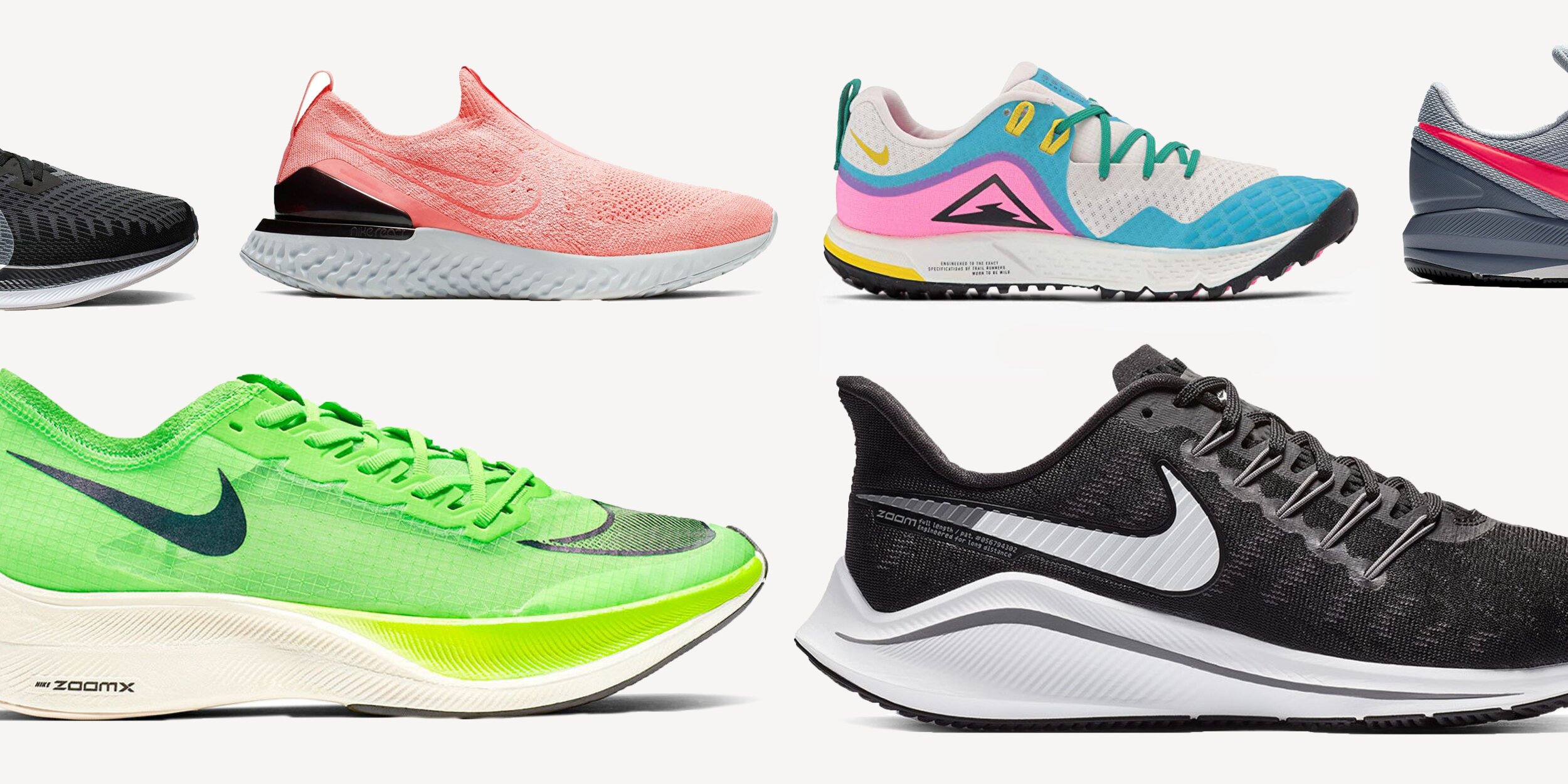Legal protection of fashion designers’ creations counts several means: from unfair competition to design protection, shape marks, to the protection offered by copyright law (L. No. 633/1941): these instruments offer different kinds of protection and can be used only if specific requirements are met, which must always prooved.
It is common in this field seeing fashion labels trying to "dress up" their products with a variety of intellectual property titles, registering them, for example, as shape marks or as industrial design, in order to increase the level of protection against possible imitations.
However, although protection by registration of intellectual property rights in the fashion industry is particularly widespread, the temporary nature of the rights conferred by registration may be an obstacle to the protectability of garments or accessories when their commercial success is particularly long-lasting: in these cases, in order to have access to protection extended in time and which goes beyond the formalities required for registration, it is necessary to prove not only the particular liking of the public, but also the creativity and artistic value of the product to aim to copyright protection.
An emblematic case of the possible coexistence of several levels of protection for fashion items and of the difficulties connected to the proof of the creativity and artistic value of a product aiming to be considered as copyrighetd is the one recently dealt with by the Court of Milan.
The case concerned the marketing of bags imitating the famous "Le Pliage" bag by Longchamp, protected by two European Union three-dimensional trademark registrations claiming its peculiar trapezoidal shape, and also characterised by the combination of further original elements, such as the rounded flap, the tubular handles and the contrast in colour and materials between the nylon and leather elements.
The plaintiff claimed that the "Le Pliage" bag model was created in 1993 and has been still marketed worldwide through more than 1,500 sales outlets and also online and requested protection against imitations, invoking not only the protection provided for on the basis of three-dimensional trade mark registrations (pursuant to articles 2 and 20 C.P.I. and art.9 EU Reg. no. 2017/1001), but also the violation of the rights of the author and of the principles protecting fair competition on the market (art. 2598 c.c.).
The Court first of all recognised the infringement of the plaintiff's three-dimensional European trademarks insofar as it was established not only their distinctive capacity due to the manner of use and presentation of the trademark itself and the information and suggestions conveyed through advertising and the perception that the shape determines on the consumer public, but also the taking over, by the imitative bags, of all the distinctive elements of the "Le Pliage" model.
With regard to the invoked copyright protection, referring to its own case law on this point, the judgment ruled that it was not possible to identify in this case the actual existence of the artistic character necessary for the form of the bag to enjoy such protection.
The Judges found that, apart from the undeniable commercial success gained on the market, the plaintiff had not enclosed the elements that should have confirmed the presence of an artistic value in the creation of the external appearance of the bag model in question.
In other words, there was no evidence at all of the requirements of creativity and artistic value which presuppose the applicability of Art. 2.10 of the Copyright Act.
As is well known, artistic value can be inferred from a series of objective parameters, such as the recognition by cultural and institutional circles of the existence of aesthetic and artistic qualities, exposure in exhibitions or museums, publication in specialist magazines, the awarding of prizes, the acquisition of a market value so high as to transcend that linked solely to its functionality or the creation by a well-known artist and, in the absence of evidence, it is not possible to have access to the protection provided for by the law on copyright.




